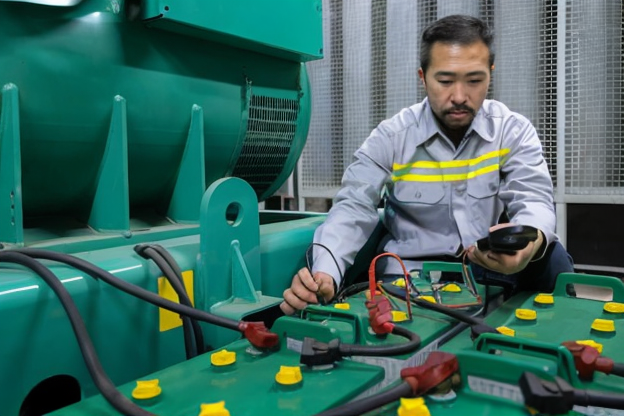The Art of Metal: Innovations in Decorative Sculpture Fabrication+ View more
The realm of decorative sculpture has witnessed a significant transformation, thanks to the advancements in sheet metal processing techniques. Architects and interior designers are constantly seeking new ways to integrate unique artwork into the aesthetics of both indoor and outdoor spaces. The fine art of crafting decorative sculptures from metal materials has become a sought-after skill, with high precision cutting and bending techniques at the forefront of design innovation.
With the integration of CNC machinery and additional processing equipment, metal can now be intricately carved, stamped, and welded to produce unparalleled decorative effects. The level of detail that can be achieved through these processes allows for an array of complex shapes and textures, which were once deemed impossible. As technology continues to evolve, the boundaries of what can be created are being pushed further, leading to more intricate and stunning sculptural pieces.
Enhancing Visual Impact through Metal Treatment
The visual appeal of metal sculptures is not just limited to their form; the finish and durability also play a crucial role in their overall impact. Various metal types can undergo processes like oxidation and coating to not only improve their aesthetic qualities but also to enhance their resistance to environmental factors. This durability ensures that the art remains a lasting fixture, be it in the harsh conditions outdoors or the regulated climates indoors.
Innovative treatments and finishes have opened up new possibilities in color and texture, enabling artists and fabricators to explore new dimensions in sculpture design. These advancements are not just superficial; they contribute to the narrative and emotion that the sculptures convey, connecting with viewers on a deeper level.
Future Directions in Sculptural Fabrication
As the industry continues to embrace digital fabrication methods, the future of decorative sculpture looks promising. Artists and designers now have at their disposal an array of tools that allow for more experimentation and customization in their work. The digital design process also enables the creation of models and simulations before the actual fabrication, reducing material waste and allowing for precise planning.
Furthermore, the sustainability aspect of metal art is gaining attention. As the world moves towards more eco-friendly practices, the recyclability of metal sculptures makes them an attractive option for those who are environmentally conscious. With ongoing research and development, the fabrication industry is set to introduce more sustainable materials and processes that do not compromise the integrity of the artwork.

